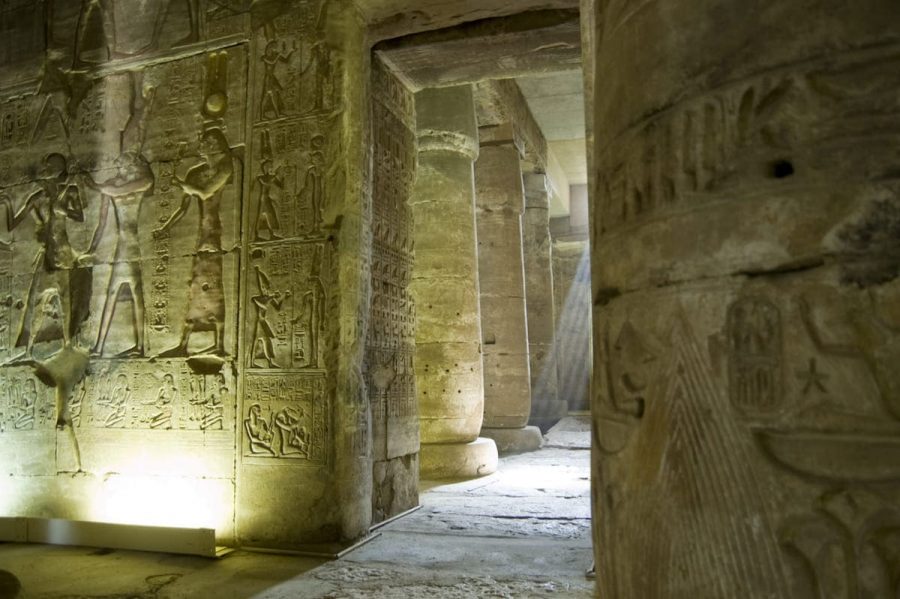世界初の労働ストライキ
世界初の労働ストライキ
今日、労働ストライキが起こるのを耳にするのは珍しいことではありません。不公平な賃金、長時間労働、歪んだ賃金格差などが原因で、労働者のグループが単に仕事を放棄し、いわゆる「ストライキ」を行うことがあります。
労働組合の結成や、より高い賃金と優れた福利厚生の要求に伴い、雇用は時に不安定に思えることがあります。その中で、ストライキは労働者が公平さを求め、勝ち取るための手段として機能してきました。
今日、ストライキは非常に一般的であるため、それが存在しなかった時代を想像するのは難しいかもしれません。しかし、労働ストライキがどのように始まったのか、考えたことはありますか?
世界で初めて記録された労働ストライキは、紀元前1152年、古代エジプトで発生しました。このストライキは、鉄器時代に突入しつつあったエジプトで、ファラオ・ラムセス3世の治世下で記録されました。当時、職人たちは王家の谷にある墓の建設作業を行っていました。
その際の要求は、今日よく耳にするような高度な内容ではありませんでした。現代では賃上げなどを求めることが一般的ですが、最初の記録されたストライキでは、労働者たちは単に遅延と飢えによる疲労に耐えきれず、要求を掲げました。
ラムセス3世のもとで働いていた労働者たちは、必要な供給品の遅延による疲弊で限界に達し、ついに作業を中断しました。彼らは道具を置き、作業を放棄し、自らの要求が満たされるまで仕事を再開しないと決意したのです。
壮大なウエストバンク・ツアーを予約して、ラムセス3世の壮麗な墓を堪能しよう
このストライキの主要な原因は、小麦の配給不足でした。労働者たちは、村の指導者たちに自らの不満を説明する手紙を送り、単に「飢えている」「供給が時間通りに届かない」「この状況では働けない」と訴えました。その結果、自分たちで小麦を購入して飢えをしのがなければならない状況にまで追い込まれたのです。
これらの要求は当局によってほぼ即座に対応され、職人たちは翌日には再び作業に戻りました。もっとも、すべてが即座に改善したわけではありません。
王家の谷を訪れ、古代エジプトの職人たちの生活をさらに学びましょう。
その後も、同様の問題や配給の遅れに関するストライキが幾度か続きました。
プライベートツアーで王家の谷の歴史を探る
王家の谷で最後に起きた労働者たちのストライキは、やや拍子抜けする形で終わりました。再びストライキを提案したリーダーに、他の労働者たちが賛同せず作業を続行。やがて小麦の配給と供給が復活し、労働者たちはストライキを終えました。
ルクソール・カルナック神殿の半日ツアーで、歴史の旅をさらに充実させてください。
ラムセス3世の治世最後の数年間、労働争議はもはや見られませんでした。しかし、その約50年後、別のファラオの時代には再び労働者たちによる不満やストライキの記録が残されています。
壮大なウエストバンクツアーを予約して、ラムセス3世の素晴らしい墓を訪れましょう
あなたの旅の物語がここから始まります
Travel2Egyptでは、旅程のひとつひとつがあなた自身の冒険の本の章となり、あらゆる体験が新たな物語を紡ぎます。エジプトの最も神聖な場所や隠れた名所を巡る際、私たちがナビゲートし、探究心に響く旅をデザインいたします。
包括的な旅行ガイドを参照し、次回のエジプト冒険へのインスピレーションを得ましょう。
ナイルのリズムや砂漠の風のささやきに調和した旅を計画するため、私たちにご相談ください。
「エジプトの心へと導くコンパスとなりましょう。一粒一粒の砂が物語を持ち、すべての瞬間が宝物であるこの地へお連れします。」
Travel2Egypt.orgにぜひお越しください。あなたの旅は私たちのキャンバスであり、共に夢の傑作を創り上げます。
ランド・オブ・ザ・ファラオへの時を超えた旅を始めるために、今すぐご連絡ください。






